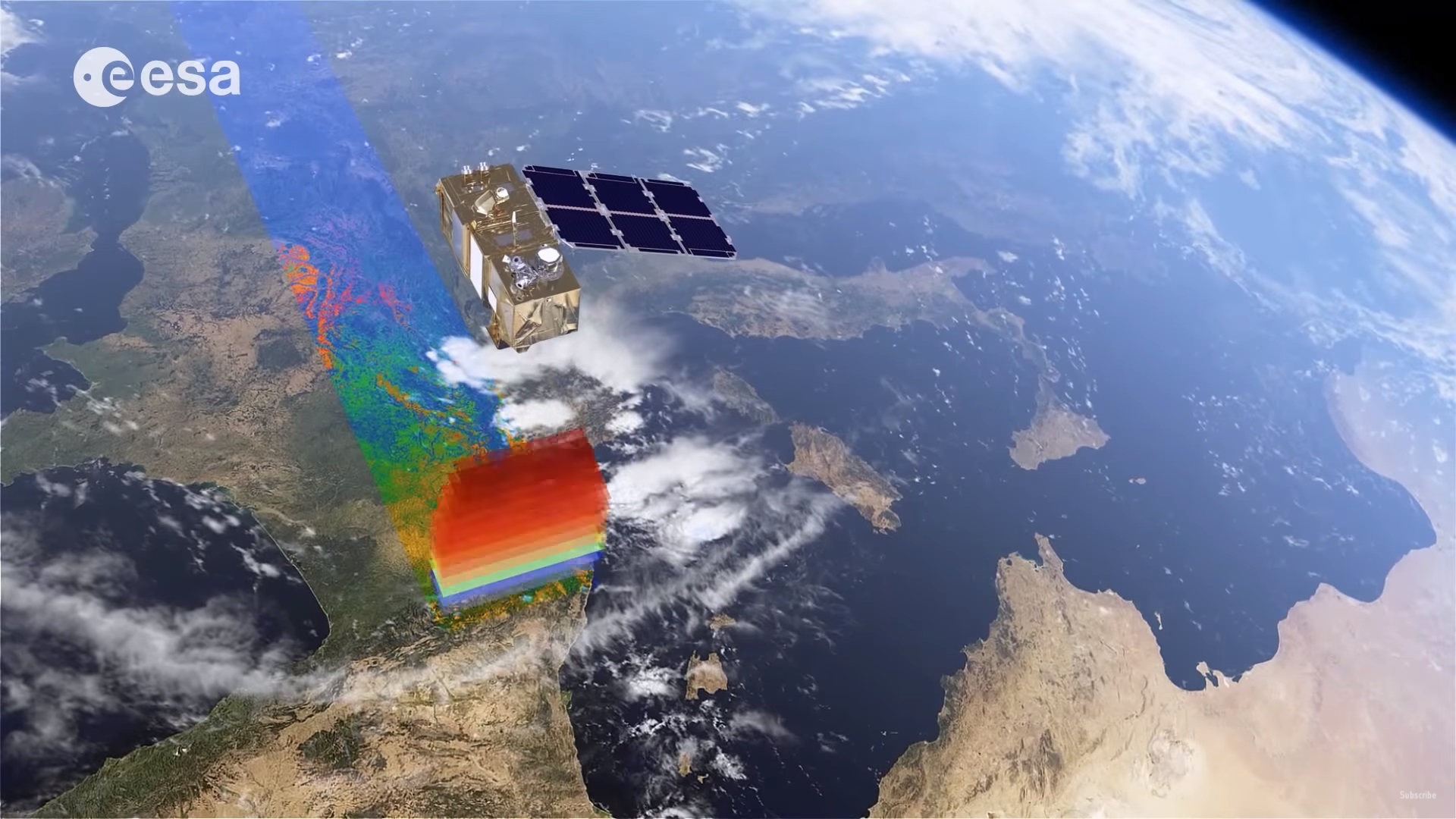Topic 1A – Introduction To Copernicus
Copernicus is an EU programme for satellite Earth Observation. The European Commission manages the Programme and it is implemented in partnership with the Member States, The European Space Agency (ESA), the European Organisation for the Exploitation of Meteorological Satellites (EUMETSAT), the European Centre for Medium-Range Weather Forecasts (ECMWF), EU Agencies and Mercator Océan.
Copernicus provides a unified system through which vast amounts of data are fed into a series of thematic information services designed to benefit the environment, the way we live, humanitarian needs and to support effective policy making for a more sustainable future. This data comes from satellite Earth Observation and in-situ (non-space) data,
The data they provide is freely available to everybody, so we can make choices about what we do and how we as a society look after the environment. It serves a range of users from businesses and public services – to researchers and curious individuals.
The name Copernicus is a homage to a European scientist and observer – Nicolaus Copernicus. Copernicus was a mathematician and astronomer who proposed that the sun was stationary in the centre of the universe and the earth revolved around it. This theory made a pioneering contribution to modern science.
There are six Copernicus services:
- Atmosphere
- Marine
- Land
- Climate Change
- Security
- Emergency
There is a vast amount of data produced by Copernicus – AI and machine learning allow us to manage and understand that data in a way that has simply not been possible before. In this course, we will explore what AI is, how it can be used to solve problems within EO and the benefit this has for citizens.
Featured Educators
- Sara Aparicio
- Mauro Faccini

©

©

©

©

©
Discussion





